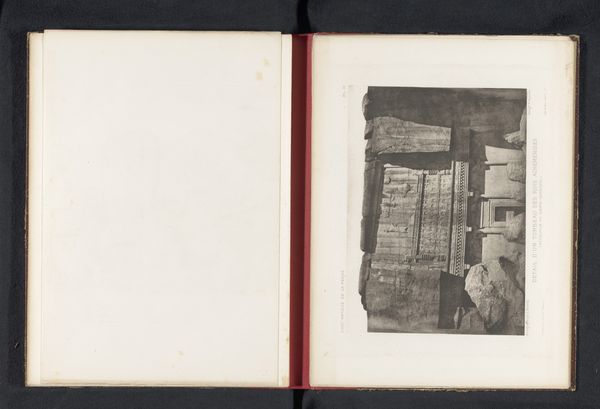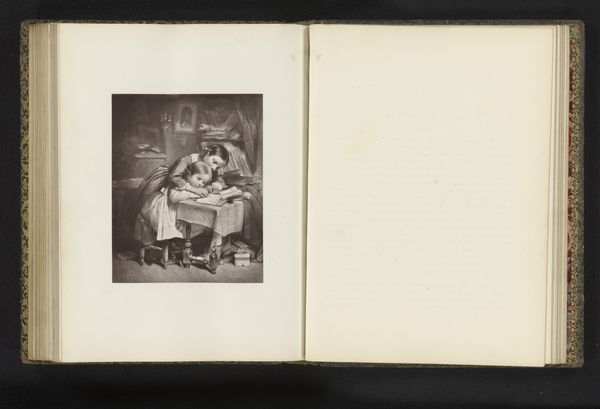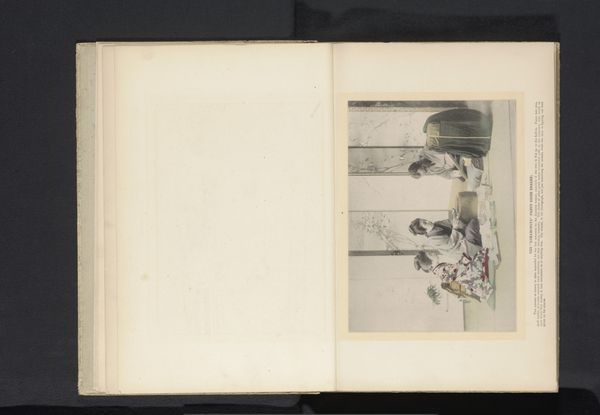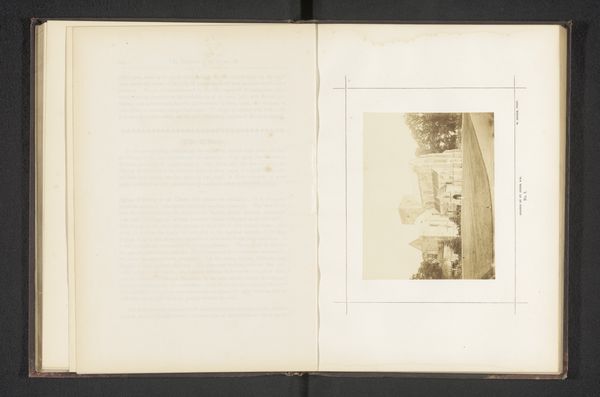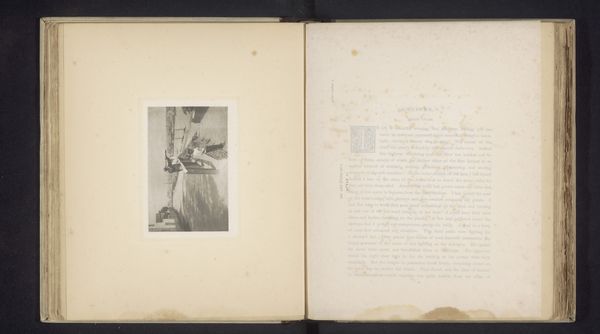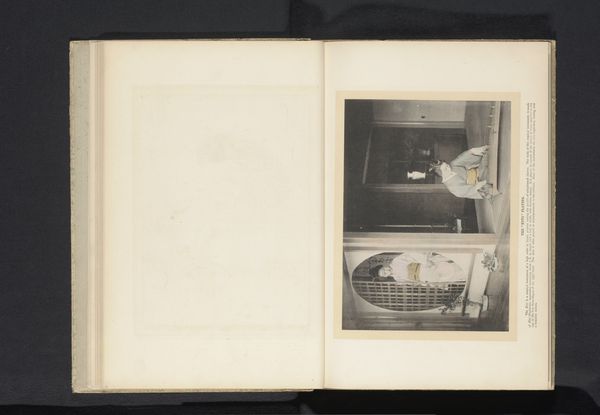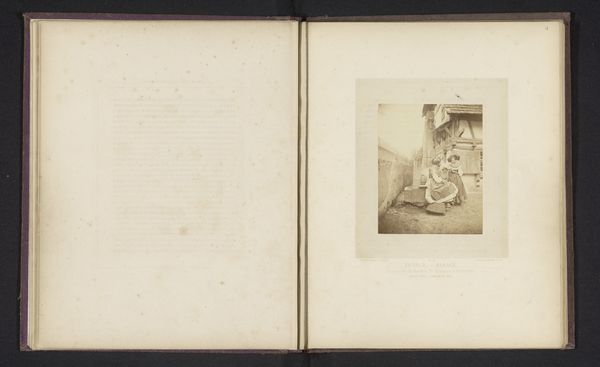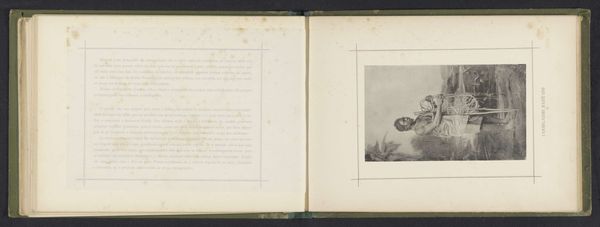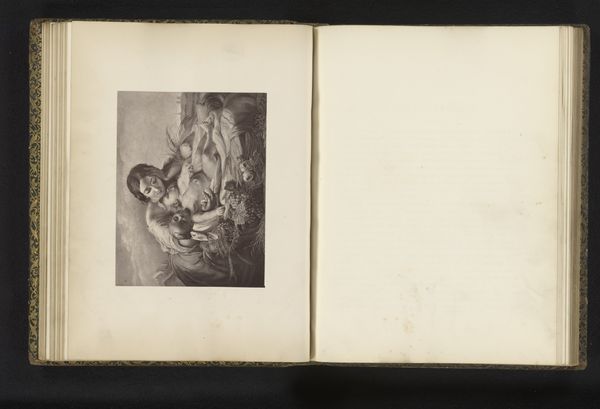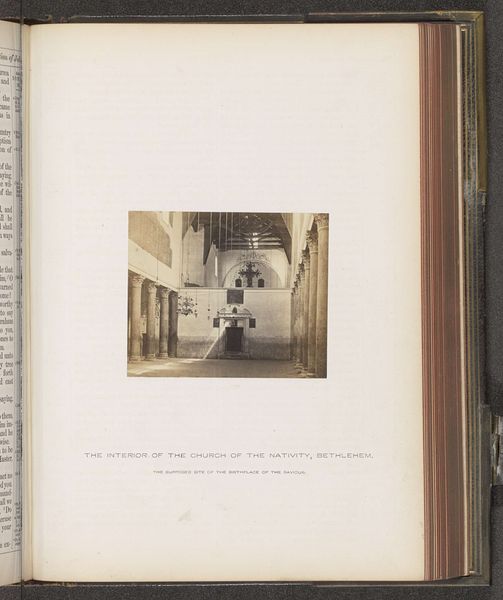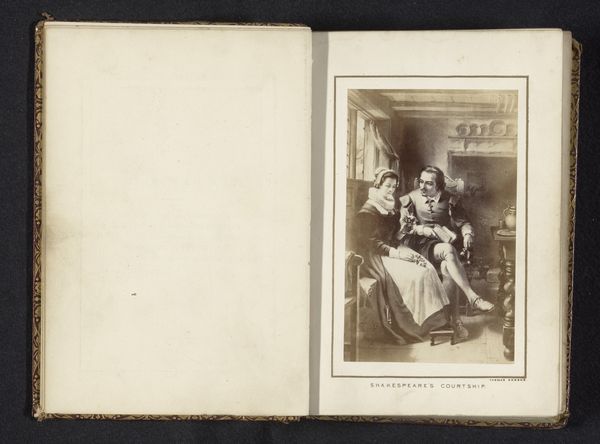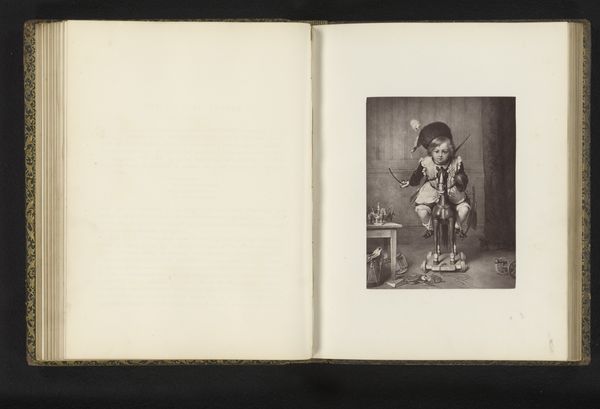
photography, albumen-print
#
portrait
#
aged paper
#
toned paper
#
homemade paper
#
ink paper printed
#
sketch book
#
landscape
#
photography
#
personal sketchbook
#
orientalism
#
sketchbook drawing
#
sketchbook art
#
albumen-print
Dimensions: height 100 mm, width 83 mm
Copyright: Rijks Museum: Open Domain
Curator: This photograph, "Man met een ezel," or "Man with a Donkey" as it translates to English, was captured sometime between 1850 and 1865, and it is part of the Rijksmuseum's collection. The photographer is Francis Frith, using an albumen print technique. Editor: The tonality hits me first – it has that gorgeous sepia wash you find in older photography, lending a gentle solemnity to the scene. What strikes me most is the stillness – a quiet captured moment. Curator: Albumen prints, such as this one, became incredibly popular for their crisp detail and wide tonal range, often used in travel photography during the Victorian era, evoking an ‘Orientalist’ style, as seen here. How do you perceive the symbolism within the image? Editor: Symbolism... well, I feel that it is straightforward: it is about daily life, really, the mundane made magical by the light. Perhaps the donkey signifies burden, and the man represents resilience in an unfamiliar landscape. Or perhaps they are just hanging out. Curator: The donkey has long been associated with humility, patience and, perhaps unfairly, stubbornness in Western cultures. However, its significance in Middle Eastern culture carries far deeper historical and religious connotations, often representing peace and a mode of transportation, think of Christ’s entry into Jerusalem. Editor: So context, as always, shapes the symbolic weight. I imagine the 19th-century viewer probably approached this image with an idealized lens. Curator: Certainly, there was an element of romanticizing the "exotic" East. Now, this image is part of a larger personal sketchbook; what impression does that give you? Editor: It turns the image into an intimate and immediate act. It becomes part of a journey, a string of visual notes, far from formal and rigid photographs, giving a feeling of closeness to the photographer's impressions. Curator: Absolutely. It lets us piece together the photographer's cultural interpretation through these individual collected images. It is wonderful how visual traditions change our perspective and understanding! Editor: Agreed; each artwork is a reflection of an inner journey and, conversely, a mark of society's changing attitude.
Comments
No comments
Be the first to comment and join the conversation on the ultimate creative platform.
